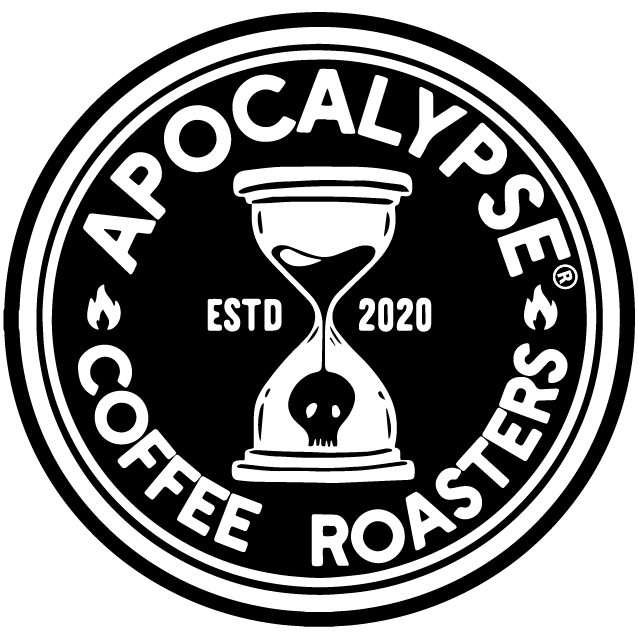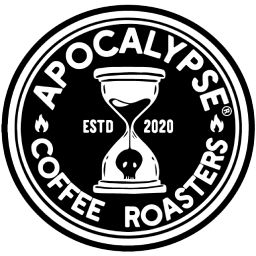EXPLORING THE CHARACTERISTICS, FLAVOR, AND BREWING METHODS FOR LIGHT ROAST COFFEE ENTHUSIASTS SEEKING BRIGHT AND COMPLEX COFFEE EXPERIENCES
Light roast coffee is a growing favorite of coffee aficionados. The appreciation stems from the bright flavors of light roasts. Unlike darker roasts, light roasts preserve most of the bean’s inherent characteristics, resulting in a cup with pronounced acidity and complex aroma layers.
What Is Light Roast Coffee and How Is It Made?
Light roast coffee beans are roasted just beyond the stage called the first crack, a distinctive popping sound signaling the beans’ internal moisture evaporating and chemical changes beginning. The roasting process for light roasts typically ends shortly after this first crack, which means the beans experience less heat exposure and time than medium or dark roasts. This shorter roasting preserves the original flavors, aromas, and acidity unique to the coffee’s origin. The beans are usually light to medium brown in color with a dry surface because the roasting temperatures are not high enough to bring oils to the surface.
What Are the Different Types of Light Roast Coffee and How Do They Differ in Flavor and Color?
Within the category of light roasts, there are specific roast levels often identified by distinct names, including Light City Roast, New England Roast, Cinnamon Roast, Half City Roast, and Blonde Roast. Each offers subtle differences in flavor, acidity, and color but shares the common trait of light roasting, which preserves the original bean characteristics and bright notes.
Light City Roast Coffee Flavor Profile and Characteristics of a Light Brown Coffee Roast
Light City Roast represents a roast just past the first crack, where the beans are light brown and still retain most of their original coffee characteristics. This roast delivers a bright, slightly acidic flavor with gentle sweetness and fruit-forward notes.
New England Roast Coffee Taste and Brightness in a Light Roast Coffee
New England Roast is very similar to Light City Roast but can be slightly lighter. It is named for the lightness typical of roasts favored historically in New England and offers a delicate flavor with noticeable acidity and a pronounced brightness. This roast is ideal for drinkers who enjoy a bright, crisp cup with floral and citrus highlights.
Cinnamon Roast Coffee Beans Color and Flavor with High Acidity and Complex Notes
Cinnamon Roast is among the lightest roasts available, with the beans often appearing pale brown and resembling the color of cinnamon sticks. This roast preserves the highest level of origin character and acidity, offering a sharp, tangy cup that some describe as herbal. Due to its very light nature, it can be more challenging to brew perfectly, but its complex flavors are praised by light roast enthusiasts.
Half City Roast Coffee Overview and Rare Very Light Roast Coffee Characteristics
Half City Roast is an extremely light roast just beyond the earliest roasting stages, producing pale beans with minimal development beyond bean flavors. Though rare commercially, it’s often described as the closest experience to the raw coffee bean flavor.
Blonde Roast Coffee Description and Popular Light Roast Coffee Trends in Specialty Coffee
Blonde Roast is a popular marketing term for very light roasts similar to Light City or even slightly lighter. Emphasizing brightness, mildness, and high acidity, this roast has gained popularity in specialty coffee trends and among casual coffee drinkers who appreciate a smooth but sunny, refreshing flavor profile, which is especially ideal for morning brewing.
Does Light Roast Coffee Contain More Caffeine Than Darker Roasts?
Light roast coffee beans generally retain slightly more caffeine by weight since the roasting process breaks down some caffeine molecules over time and heat. Because light roasts are roasted for shorter times and at lower temperatures, they preserve more of this natural stimulant. However, when brewing coffee by volume rather than weight, the caffeine difference becomes negligible since darker roast beans are less dense and take up more space. Ultimately, the amount of caffeine consumed depends more on brewing method, grind size, and serving size than roast level alone.
How Does Small-Batch Roasting Enhance the Quality of Light Roast Coffee?
Small-batch roasting is especially beneficial for light roast coffee because it allows for precise control over temperature, time, and roast profile. Since light roasts have a smaller window before overdevelopment, small-batch roasters can carefully manage the roast to maximize brightness, acidity, and sweetness without introducing unwanted bitterness or flatness. Specialty roasters invest considerable time in refining roast curves to unlock the ideal flavor balance for each single-origin bean.
What Should be Considered When Purchasing Light Roast Coffee Beans?
Regions like Ethiopia, Kenya, and Colombia frequently produce coffee that shines when roasted lightly. Freshness is also critical since light roasts degrade over time; aim to purchase beans roasted within the past two to four weeks.
It is advisable to choose roasters known for their expertise in light roasting and who provide detailed information about roast dates and flavor profiles. Proper grind size and storage are also important — medium to medium-fine grinds work best, and beans should be kept in airtight containers away from light, heat, and moisture to preserve freshness.
The Last Coffee Ever Needed — Brewed for the Unexpected
Every cup begins with intention, and at Apocalypse Coffee Roasters, that means creating a brew perfect for preparation. As a family-run roastery on Florida’s Space Coast, coffee is more than a daily ritual; it’s a calling. Whether fueling early launches or exploring late-night theories about extraterrestrial life, the mission is clear: to serve the best first sip on the planet. With over 25,000 hours dedicated to our craft, each roast is designed to highlight the clarity and smoothness. Join the locals who already know: when it’s Apocalypse Coffee, the day starts better. Take our quiz to find the perfect roast and never risk running out when brew is needed most.







